
Putting together any kind of music track is always a challenge. There are many things that need to be sorted out after the music has actually been recorded.
Whether you are using traditional instruments, electronics, or something different entirely, there are plenty of skills that need to be mastered to ensure your track sounds as good as it possibly can.
Two of the most important stages of music production are mixing and mastering. However, while these terms are often bandied about, there are plenty of misconceptions and a general lack of accurate information as to what they are and what they mean.
So it’s time to clear up some of the mystery surrounding the differences between the mixing and mastering process.
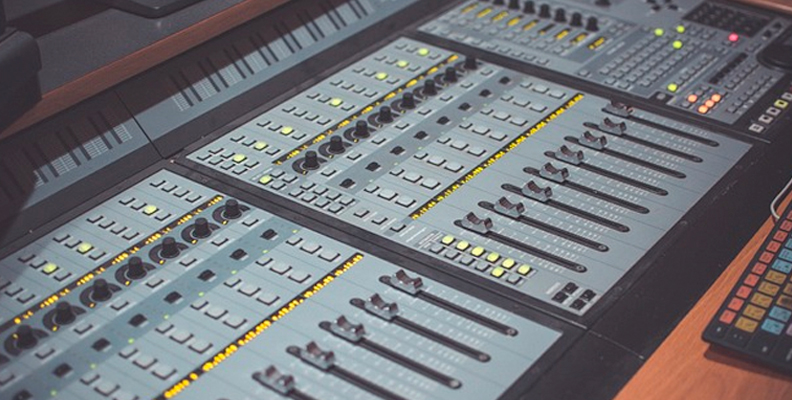
The first thing any mixing engineer needs to do is get the music composition recorded. Whether it’s your band or someone else’s, getting the music physically recorded is always going to be the first stage.
Once everything has been recorded and you are satisfied with the quality of what has been captured, it’s time to move on to mixing.
Mixing is the part of music production that involves taking the music that has been recorded and treating it, balancing it, and getting it into a multichannel format. Mixing is the point where multiple tracks become a single, unified whole.
Mixing involves the actual production of each song. When you apply effects to any track like reverb and compression, or when you adjust the EQ or alter other aspects such as panning and tone, you alter the way the track sounds. The mixing stage takes all of the changes that have been applied and makes everything sound like one single song.

You can use this stage to reduce the way some instruments will clash, to ensure that everything is at a listenable volume, to emphasize vocals or instruments at key parts of the song… the list of the changes that can be made is pretty much endless. However, mixing multiple tracks is the process of getting everything on the song to sound like it belongs together.
This is important because it allows complete control over the finished song. For example, you want to ensure that any backing vocals you recorded are at the back, not at risk of overwhelming the singer. Mixing is the point you achieve this, ensuring the backing vocals are where they belong, providing support but not dominating the track.
Equally, you might choose to bring instruments to the fore. Emphasizing bass on a big dance track will help drive the rhythm and groove of the song. Or bringing a lead guitar solo up front can add punch and dynamism to a song.
Whatever the changes you want to make to the recorded track, mixing is where you do it so all the tracks sound great together. And when you are finished mixing you should have a single stereo file ready to be passed on to the mastering stage.
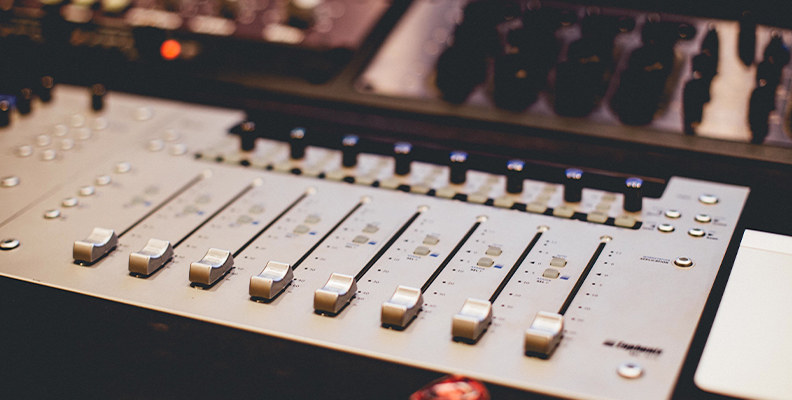
In audio production, if mixing is the process of getting everything to sound exactly as you want it, a mastering engineer deals with the last part of the process the song needs to undergo before it is unleashed on the world. The simplest way to think of mastering music is that it’s the quality control part of the production process. When it comes to mastering, what an audio engineer is trying to achieve is to polish the mix and get everything to sound absolutely perfect.
Many of the same tools can be used by a mixing and mastering engineer. For example, a mixing engineer might use a compressor to get a particular sound during the mixing stage, then use a compressor again during the mastering stage to make any final tweaks or adjustments. And EQing at the mastering stage is common, even if you EQ’d individual tracks during the mixing process.
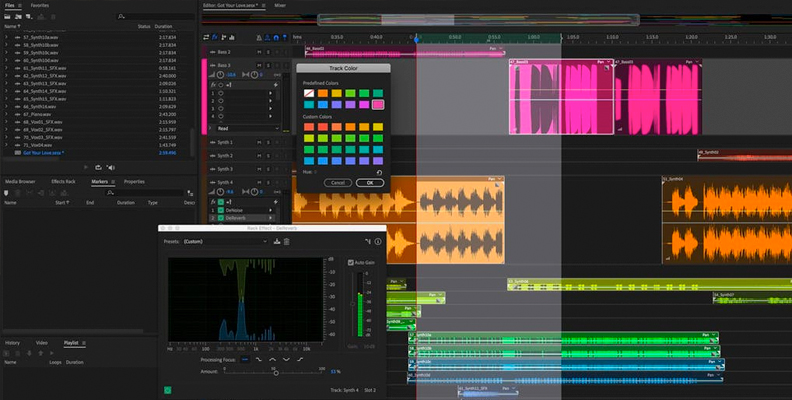
The key to good mastering is a light touch and subtlety. When you mix a track, you should aim to have everything sounding as balanced and as possible. Mastering is where you make any tiny adjustments to ensure everything is exactly as it should be.
You shouldn’t use mastering as a way to fix a bad mix — if the mix isn’t right you should go back and make changes until it is. Mastering is all about enhancing a good mix and preparing the track for its final state.
This is also where you would make adjustments such as fade-ins and fade-outs. It’s also the part where you can also ensure that each song — assuming you are mastering more than one — is at the same volume so that if you are listening to an album there aren’t jarring shifts in how loud the songs seem in relation to each other.
When you complete the mastering process, your song is finished and ready to be released. It is the last chance for mastering engineers to make any changes.
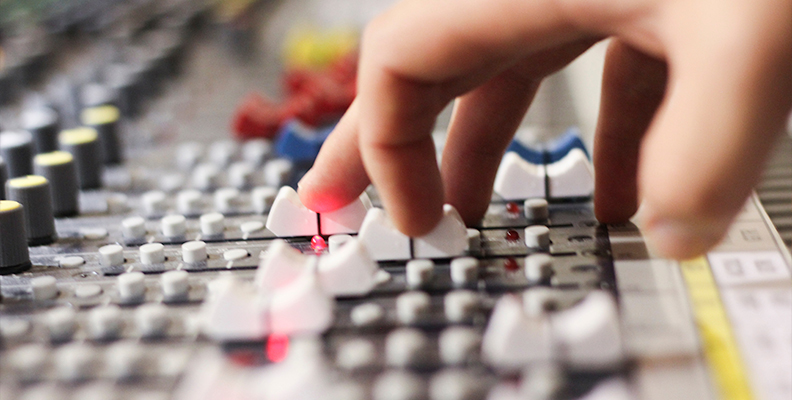
Mixing and mastering can sometimes be erroneously used interchangeably, but they are not the same thing at all and it is important to understand the differences.
Mixing is the process of getting each element of the song so that it sounds its best and works in service of the material. Whether you have something as simple as one singer and an acoustic guitar or a hundred tracks of overdubs and orchestration, the aim of mix engineers is the same — to bring everything together so that it sounds like a cohesive whole.
Mastering, on the other hand, is about taking the cohesive whole and giving it a polish so that everything does sound as good as it possibly can. Making small changes can make a big difference to the overall finished product — this is what mastering can achieve.
You can mix a song without mastering it, but you cannot master a song without mixing it first. Mastering is no substitute for achieving a good mix.

When mixing engineers are producing a song, whether at the mixing or the mastering stage, what they are trying to achieve is balance. However, in mixing you are attempting to balance each individual instrument, voice, or track.
Whereas in mastering you are balancing a complete song, both against itself and against any other tracks which have been completed and are being used in the same project, whether it’s an album, EP, single, or other form of release.
Another way of looking at it is to say that mixing makes each individual part of a song sound good, mastering makes songs sound good together.
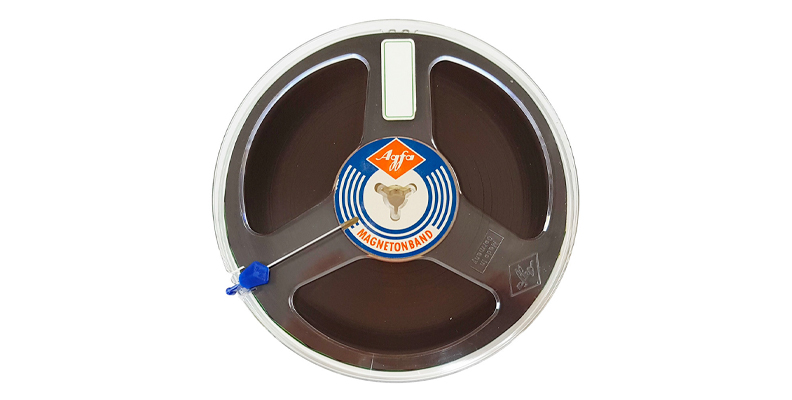
Thanks to the advent of digital technology, recording is no longer limited by the amount of space available on a reel of physical tape. This means the only real restriction on how many tracks a song can have is whether you have enough hardware and computing power to realize your song.
Some songs can have 32, 64, or even 128 tracks, a distant impossibility for anyone working even fifteen years ago. This means that mixing sessions can be enormous and can take a huge amount of time. Balancing just a few tracks against each other on a simple rock song can be challenging enough but when track numbers hit triple figures, the amount of work involved is vast. This means that mixing is extremely time-intensive.
Mastering, however, shouldn’t take nearly as long. If you have done your mixing correctly, then the mastering process ought to be much more straightforward. You’re normally only working with one stereo (or possibly multitrack) file per song and the adjustments that need to be made should be small and controlled.
Thus, mastering your track should take considerably less time than mixing it.
Mixing is the point where you have the chance to make each and every change to what has been recorded. Every instrument, sound, effect, vocal, or anything else that has been recorded can be adjusted at the mixing stage.
In other words, you can control the song in precisely the way you want it. This is why mixing is so important — it is the point where control over the song can be exerted and everything made to work as it should.
When it comes to mastering, you only have access to the final mix. When the mixing stage is over, your track should be balanced so that everything is in its right place. Mastering won’t let you change the balance of instruments or how they sound, it lets you sweeten the sound so that the final product is just as you want it.
Mixing is a practical element of song production. It is the moment when the artist’s vision is put into place, assembling disparate elements to produce a cohesive whole. The better idea of what an artist wants to achieve with their song, the easier the mixing process will be.
This is why being able to communicate effectively with your artist matters (of course, if it’s your own song, this should be comparatively straightforward!) Understanding what the artist wants to achieve with their song is key to mixing and making that vision come alive.
Mastering, on the other hand, is about taking the completed vision and allowing it to sound as good as it possibly can — you are focused on sound quality at the mastering stage rather than the artistic vision. Mastering is, in this sense, a more practical element of the overall production of the song.
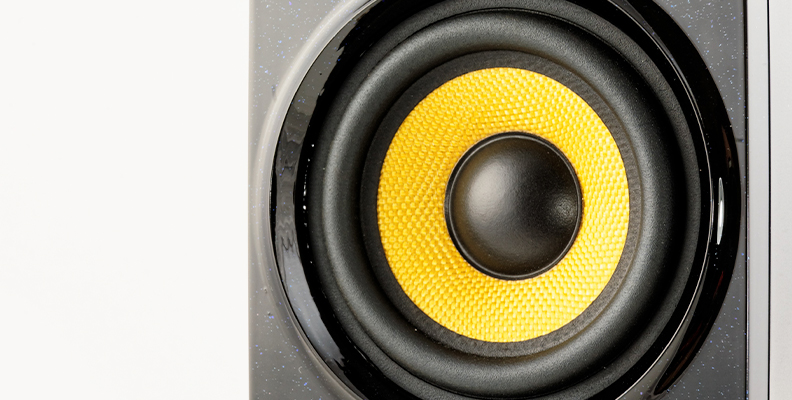
There are some very important differences in the workflow between mixing and mastering music. Understanding these will help you through both stages more effectively.
One of the first things that needs to be done when it comes to mixing is organization. Tracks are rarely recorded in the specific sequence that a mixing engineer might want them to be in. And if you have a large number of instruments, vocals, or other elements, you need to structure them into an order that works for you and makes the task of mixing easier.
Labeling your tracks is crucial. “Guitar 1” and “Guitar 2” aren’t very descriptive but “Guitar 1: Rhythm” and “Guitar 2: Lead” makes it immediately clear which one you are working on. Similarly, color coding your tracks makes identifying them easy, so say having all your vocal tracks yellow or all your percussion tracks green means you can immediately see what is what.
These might sound like simple steps, but getting to grips with your tracks within your DAW (digital audio workstation) is a key part of a mixing workflow.
It also allows you to create submixes. So for example, you might want to arrange your lead and backing vocals in a submix and when they are ready, start to balance them off other elements of the track. This is much easier to do when the vocal tracks are all grouped and color-coded so you can follow them and work on them in a group.
Once the organizational part of the workflow has been completed, you can then move on to the production of the tracks themselves. Effects, EQing, balancing, panning, and any other changes that you want to make to the song can be done at this stage. This is the point where the whole song starts to come together as you move toward creating your final mix.
Mastering also involves being well-organized, but the focus on what needs to be done is narrower.
The first thing that needs to be done is to decide that the mix is finished and correct. Remember, mastering is about the final touches, not the big changes that should already have been done at the mixing stage.
Sound quality also needs to be interrogated at this stage. If there are any hiss, pops and clicks, or anything else that might detract from the quality of the song they should be cleaned up at this stage. These should have been dealt with at the mixing stage, but sometimes the act of mixing can create additional hum or hiss, especially if you are dealing with anything analog in nature.
You can then set levels, ensuring that the song is balanced properly and that the levels are right for the song, performer, and genre.
The sonics — the actual sound of the song — can then be adjusted. This is normally done by applying EQ to the finished mix and can improve aspects like tonal balance. This is also where you can A/B the mastering.
This is incredibly important. A/B testing means comparing one song to another. This means taking your completed song and comparing it to another, such as something on the radio, from an album, or streaming, to compare your song to it and ensure it sounds like it should. A/B-ing acts as a sense check.
There are specific plug-ins that do this or you can use your ear, but whichever you do it’s a vital step.
Once you have completed this stage and know the song sounds good compared to the real world, you can check it against other tracks by the artist to make sure they work together as well. You can also consider track listing at this stage (an art in itself!) and add any metadata, artwork, or other features that the track needs.
Finally, you can give it one more listen, a last quality control check before the song is released into the world.
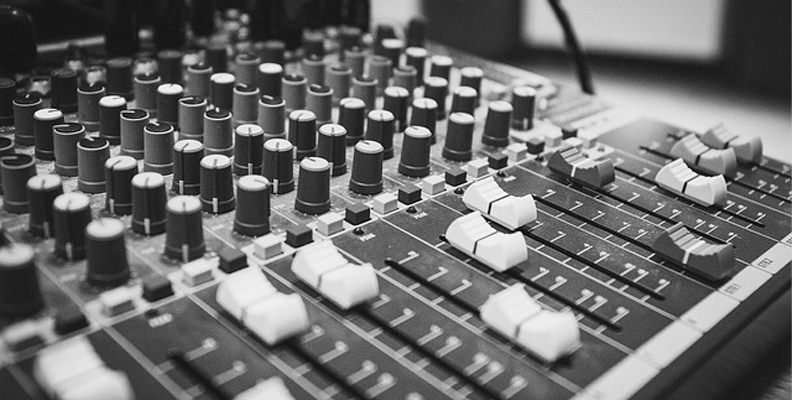
Mixing and mastering are vital stages in music production but each is a separate process. Understanding each of them and what they add to a song is crucial to produce a final product that people will want to listen to.
But mixing and mastering are very different things, and knowing their similarities and differences will help any budding producer get the best results possible from their material. And now you do!